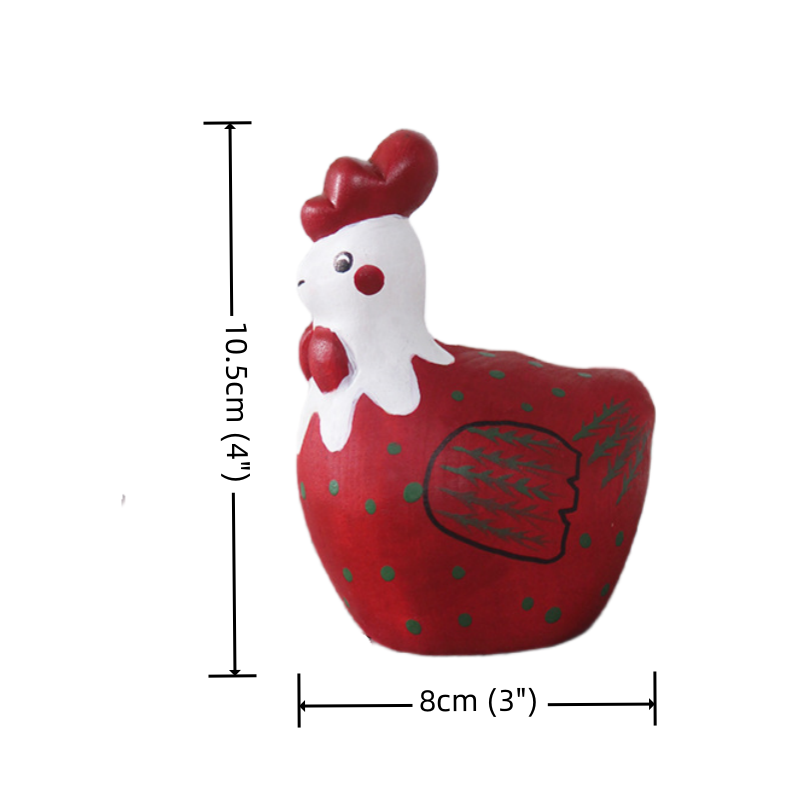
Why Can’t All Chicken Eggs Hatch Into Chicks?
Share
Why Can’t All Chicken Eggs Hatch Into Chicks?
 If you’ve ever cracked open a carton of eggs or collected them from a backyard coop, you might wonder: Why do some eggs turn into fluffy chicks, while others never do? The answer boils down to two big factors—whether the egg was fertilized and if the conditions for hatching were right. Let’s break it down simply.
If you’ve ever cracked open a carton of eggs or collected them from a backyard coop, you might wonder: Why do some eggs turn into fluffy chicks, while others never do? The answer boils down to two big factors—whether the egg was fertilized and if the conditions for hatching were right. Let’s break it down simply.1. The #1 Reason: Most Eggs Are Unfertilized
First, a chicken doesn’t need a rooster to lay eggs—hens lay eggs naturally, even without a male. But here’s the key:
- Unfertilized eggs: These are the eggs you usually buy at the store or collect from a coop with only hens. They have no “embryo” (the tiny, developing chick inside) because there’s no rooster’s sperm to fertilize the hen’s egg cell. Without an embryo, there’s nothing to grow into a chick—these eggs will never hatch.
- Fertilized eggs: Only when a rooster mates with a hen before she lays the egg does the egg get fertilized. This adds the embryo, which could grow into a chick—if given the right care.
2. Even Fertilized Eggs Need Perfect Conditions to Hatch
A fertilized egg isn’t a guarantee for a chick. It needs very specific, consistent conditions to develop:
- Steady warmth: The egg must stay around 99–101°F (37–38°C) for 21 days (the usual hatching time for chickens). If it gets too cold (even for a few hours) or too hot, the embryo dies. Hens sit on eggs to keep them warm (called “brooding”), but if a hen abandons the nest, the eggs won’t hatch.
- Proper humidity: The air around the eggs needs to be humid (about 50–60% humidity). Too dry, and the eggshell hardens too much— the chick can’t break out. Too wet, and mold grows, killing the embryo.
- No damage: A cracked eggshell lets bacteria in, which destroys the embryo. Even small cracks (you might not notice!) make hatching impossible.
3. Other Smaller Factors
- Egg quality: Old eggs (more than 10 days old) have a lower chance of hatching— the embryo weakens over time.
- Genetics: Sometimes, the embryo has genetic issues that stop it from developing, even if conditions are perfect.
A Quick Tip to Tell the Difference
Want to check if a fertilized egg is developing? Hold it up to a bright light (this is called “candling”). After 7–10 days:
- A developing egg will show veins and a dark spot (the chick’s head).
- An unfertilized or dead egg will look clear (no veins) or have a dark, blob-like spot (rot).
Next time you see a carton of eggs, you’ll know—most are just “unfertilized snacks” for us, not future chicks! Have you ever tried hatching chicken eggs at home? Share your experience below.






















































